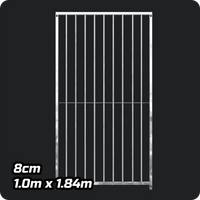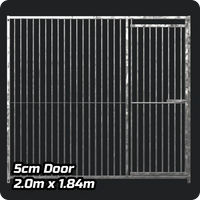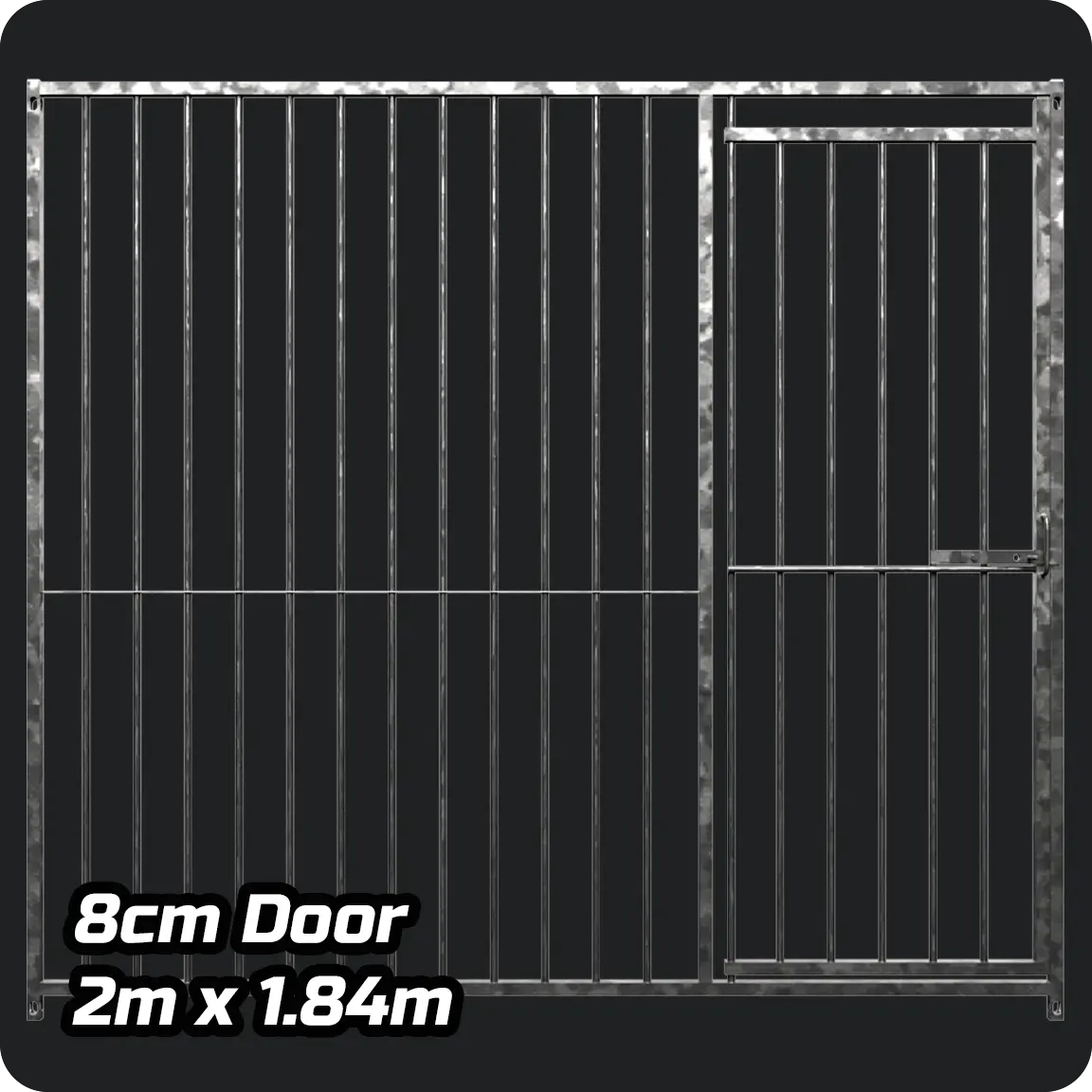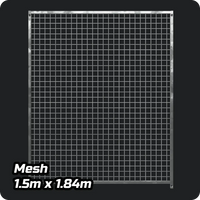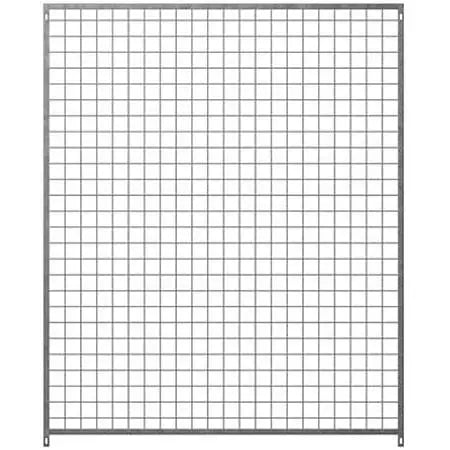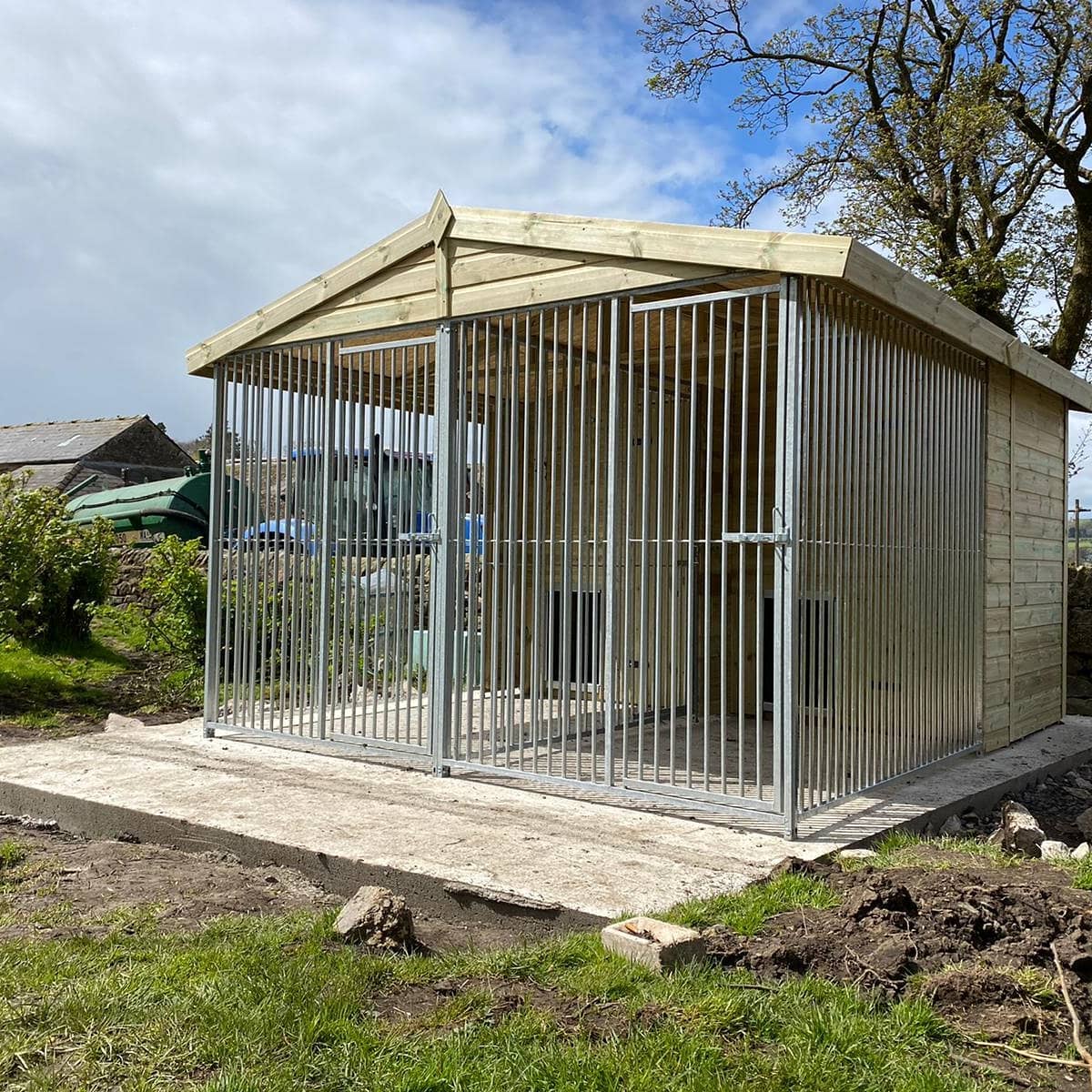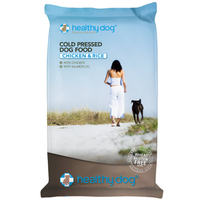
caring for the older dog
Understanding the Special Needs of Older Dogs
Mobility Problems for Older Dogs: Helping Your Dog Get Around We all age, and there are many things we can do to improve/maintain the quality of our lives as this happens…and so it is for our dogs.
Care of the elderly is a massive subject and there are no quick fixes.
As with owners, modern dogs can expect to live longer ( a lot longer if you use a healthy diet and do not rely on processed foods, and keep fit through regular exercise). This means that other conditions ( nb arthritis) become more common, especially as like ourselves there is a tendency for overfeeding and excess weight. However, there are a number of things you can do to improve quality of life
1. Is the diet your dog is on supportive of his new requirements? By this I mean you should research the foods he is on and consider whether he would benefit from the various veteran formulae. My own view is that you should consider alternatives to processed food and remember you are normally paying a big premium for the advertising. Generally speaking, its never too late to diet and reduced weight makes mobility easier, and will give you a more alert dog. Definitely no treats!!!
2. Might supplements help? The answer is yes, there are excellent supplements available. It is best to go by personal recommendation. Most supplements will contain Glucosamine, Chondroitin, MSM, and/or Hyaluronic Acid in various combinations and anti-inflammatory vitamins C and E. As you research the amazing number of these available you will quickly overload (...powerful, proven, unique blah blah blah…)
A quick plug from me…My company, Doghealth does supply RUNAROUND a product containing Shark Cartilage a natural source of chondroitin. In our trials a consistent 85% of owners will note an improvement, so we offer a full money back guarantee!
3. The exercise regime will change. Continued exercise, possibly reduced in scope will prolong active life. Walks in safe environments are recommended! But continuation is essential. A supportive walking harness should be considered.
4. In the house. I find it best to make use of rugs and mats as slippery surfaces might be difficult for your dog to manage. Likewise, sleeping should be at floor level. If your dog is used to climbing the stairs this is now a risk area too.
5. In the car. Thee are a number of excellent pet ramps which will make entering ( and more importantly ) exiting the car safer, and avoid the need for you to lift. When using a ramp, ALWAYS support your dog with one hand under the belly and one on the collar to guide. NEVER rush and ALWAYS give the dog a chance to learn to use the ramp ( old dogs/new tricks?).
Second plug, Doghealth also supplies an excellent light but strong folding ramp, as do many other companies!! It is absolutely possible for your pet to enjoy a high quality of life as he ages, and a responsible owner will be aware of the effects of age on your dog and the measures necessary to continue a high quality and active life .
Share





